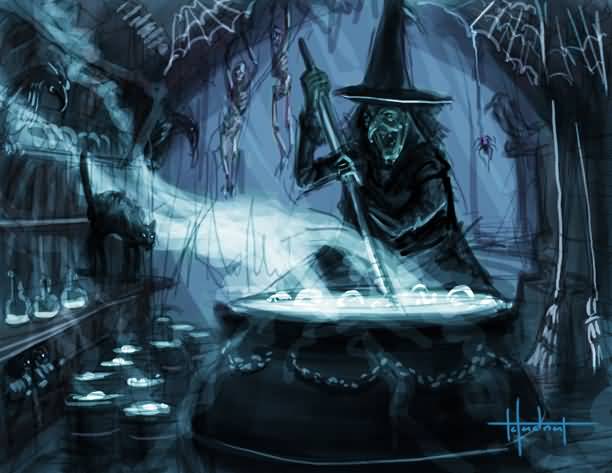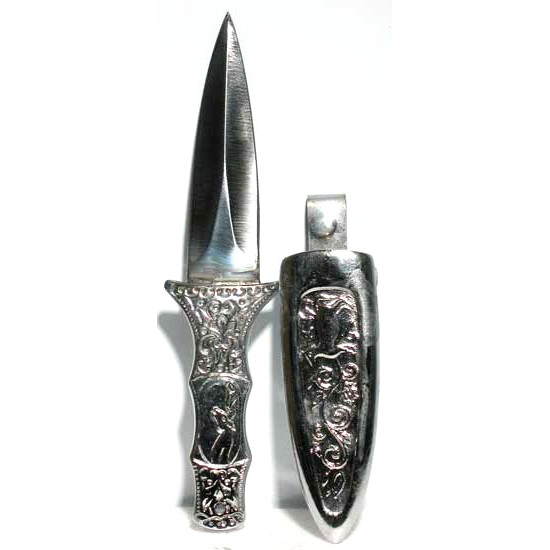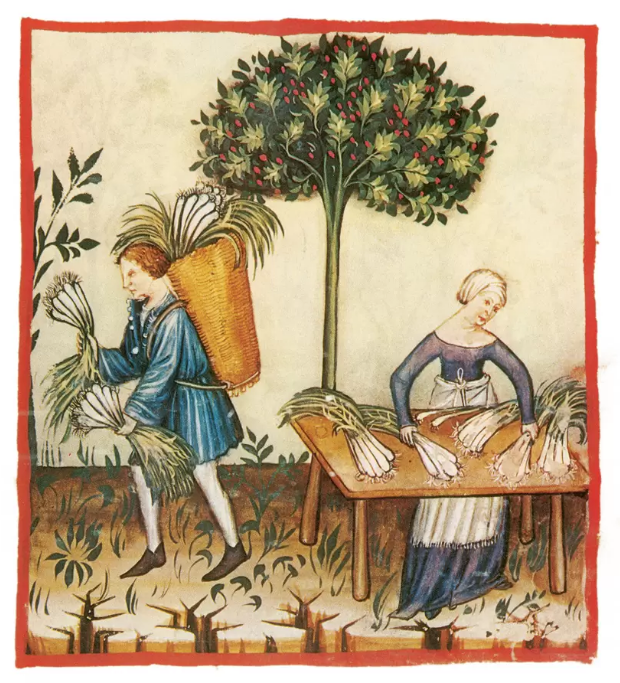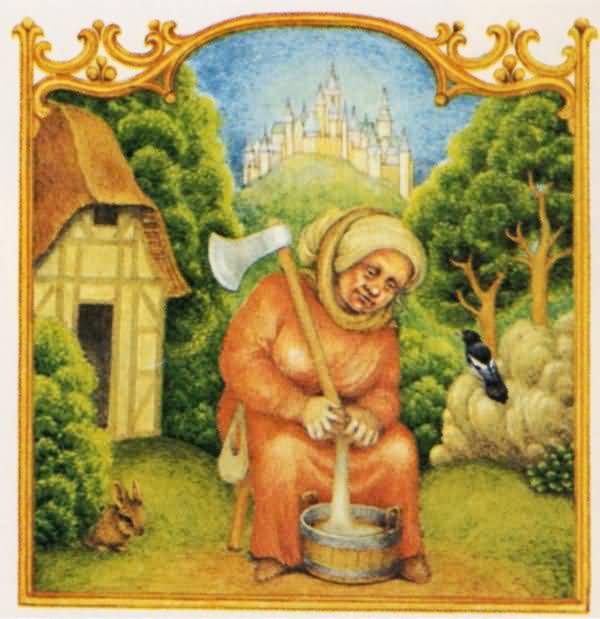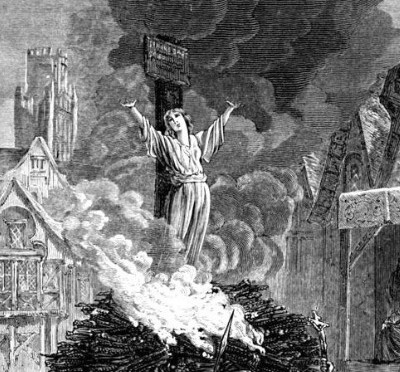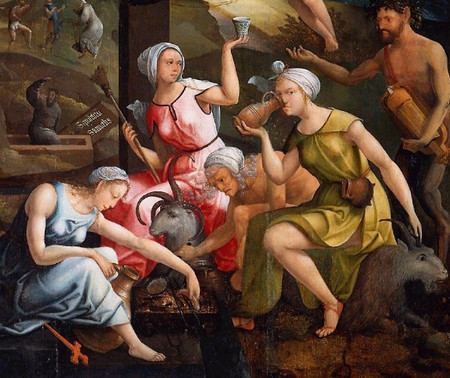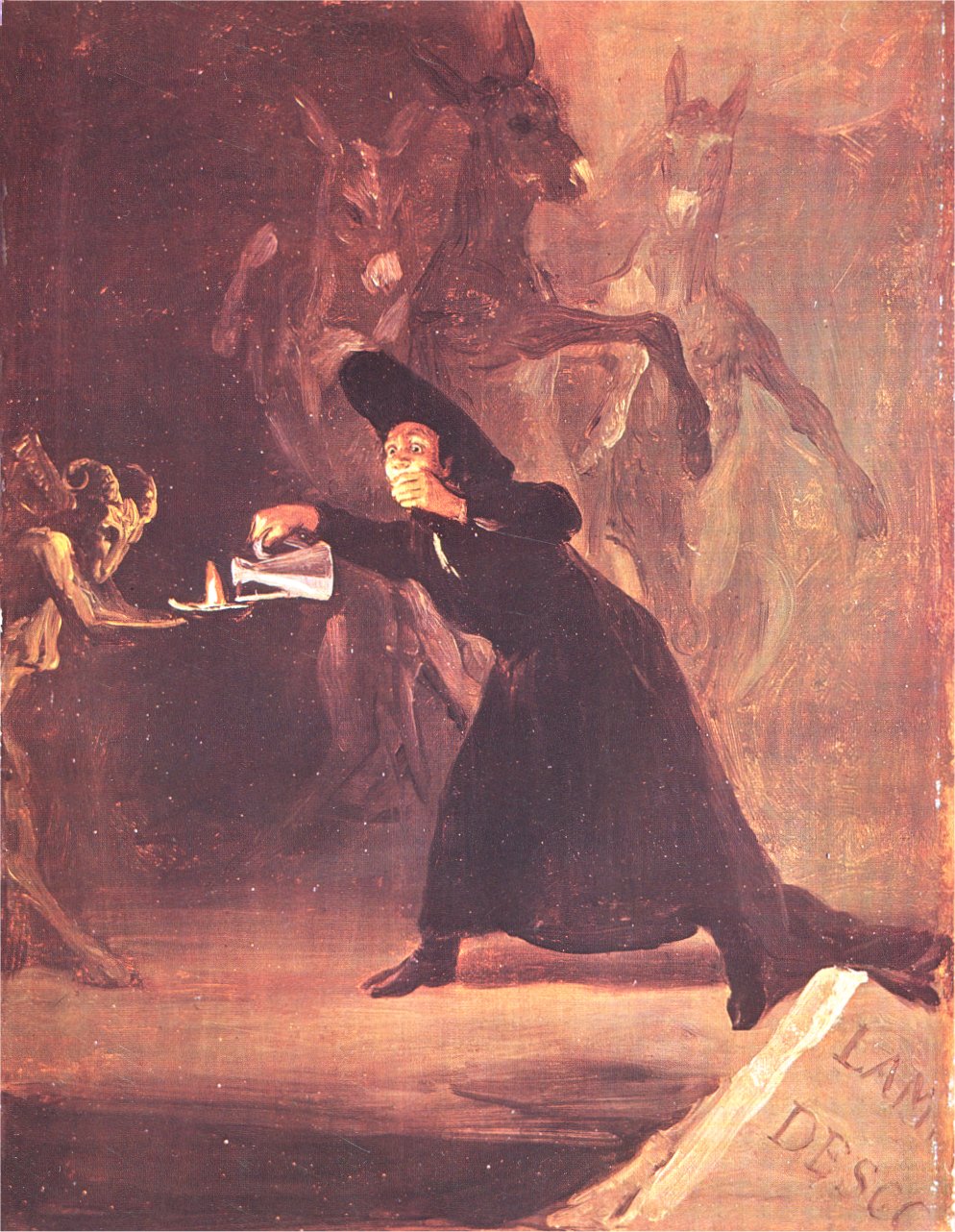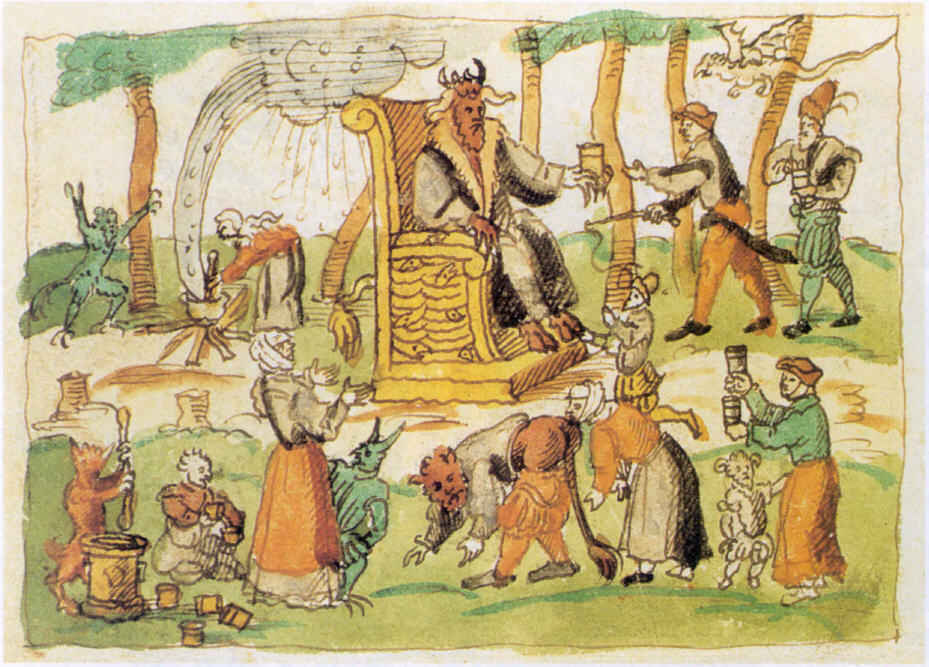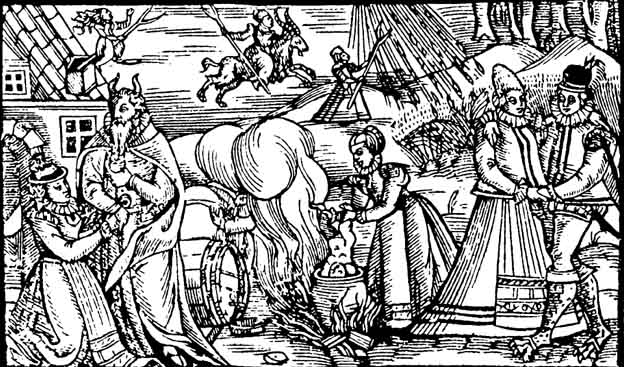Athame
An athame is a Witch’s personal, magical knife, traditionally double-bladed with a black hilt, and fashioned of steel or iron. The blade may be magnetized or inscribed with runs or sigils. Magical knives were said to be used by witches in the middle Ages. The athame is associated with the element of fire (in some … Read more

